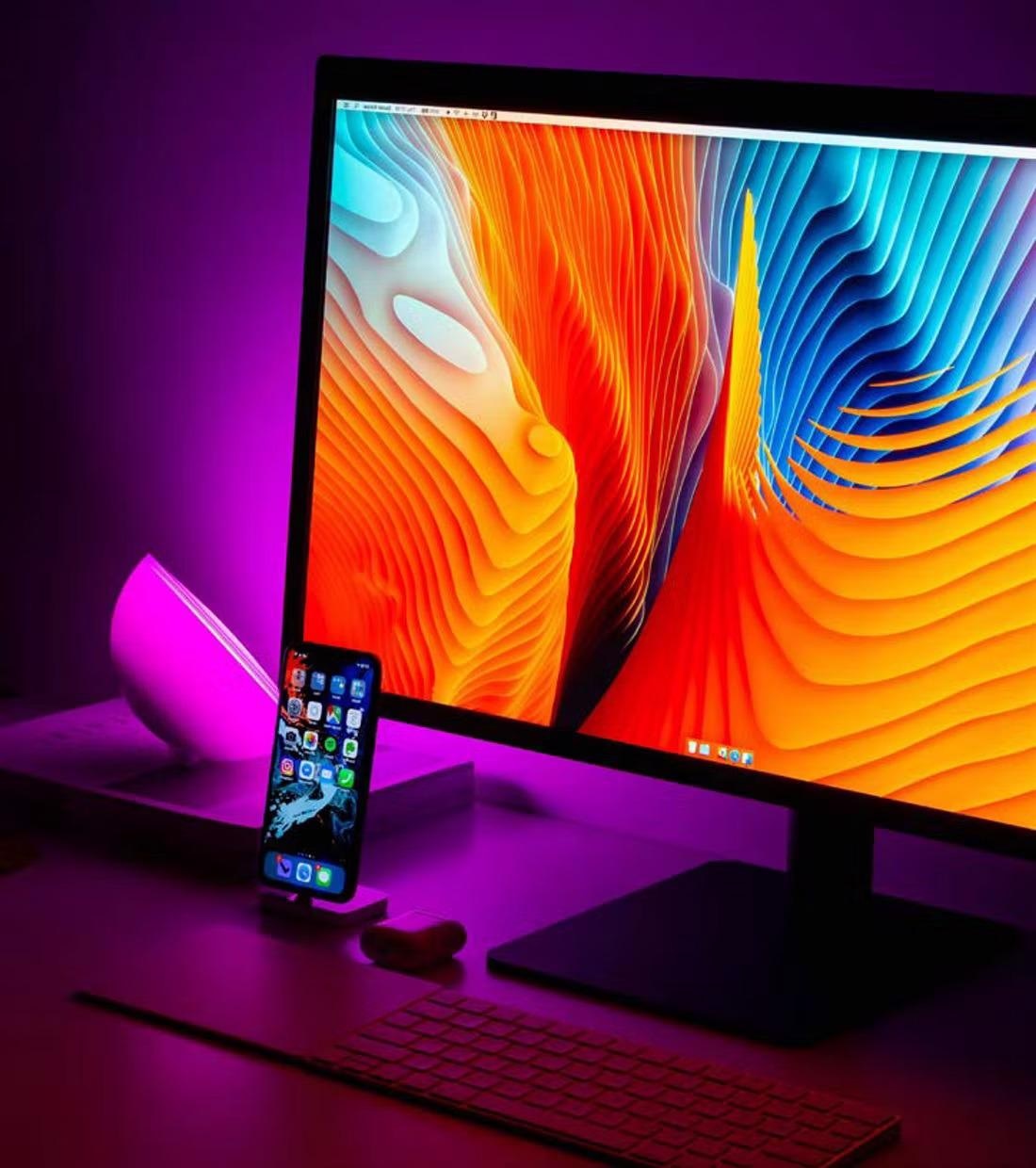The consumer electronics industry represents a multi-billion-dollar market. Recent data from Statista predicts a worldwide spend of approximately $2.06tn on consumer electronics devices alone by 2023.

Image Credit: Admesy
The independent research firm Strategy Analytics has stated that almost half of the global population now owns a smartphone. This impressive figure does not account for other smart devices or consumer products, including televisions, wearables, AR and VR.
This busy and competitive market sees an ongoing stream of new players, meaning it is imperative manufacturers’ operations maintain maximum efficiency in terms of meeting demand and ensuring consistently high quality in every product produced.
A recent interview with Steven Goetstowers – CEO of Admesy – looked at the latest Prometheus colorimeter series and its role in maintaining efficiency and quality.
Steven Goetstouwers has been involved in 15 years of the company’s work with some of the leading consumer electronics manufacturers.
It is important that all consumer devices sold in a shop look the same, according to brand, to the end customer. There should be nothing obvious, such as, for example, a display having a yellow tone when it should be white.
Steven Goetstowers, CEO, Admesy
Ensuring Repeatability as Standard
Manufacturers require accurate and rapid color measuring equipment to ensure product quality. Steven Goetstouwers continues:
“It has to be accurate because the human eye is extremely adept at spotting color differences. It has to be fast because with consumer electronics applications, they’re not building one device, they’re building tens of millions.”
Admesy recently worked with a customer to provide a specific colorimeter to meet the customer’s needs. Goetstouwers explains:
“Manufacturers are now putting items underneath the display. For instance, they are building fingerprint scanners, cameras, or facial recognition under the display, to produce a phone, tablet, or a laptop without a border or a cut-out for a camera. But this can weaken the part of the display with the item underneath it.”
When there is a camera under a display the display performance may differ at that location, one customer needed to measure this point to ensure that this section of the display delivered an identical performance to the rest of the display.
“The challenge,” Goetstouwers continues, “is that it had to be small, and to go small, you have to start with an extremely fast color measurement. This is due to the risk that a smaller measurement spot could reduce the measurement speed.”
“You need a very fast device to start with, because you know you could lose a lot of speed by focusing-in, and you need a very complex lens system to still get a relatively fast sampling speed. We also ran into a very interesting, practical aspect: at this size, how do you still know that you’re looking at the right spot?”
The measured spots in a display are typically 10 or 20 mm in size. These also tend to be at the center of the display, allowing for a specific margin of error.
“Now,” says Goetstouwers, “because it’s such a small spot, if you miss a line, even only briefly, the measurement spot and the spot size don’t align well and the illuminance values could be incorrect.”
The Solution
This issue was addressed by placing an alignment light at the center of the measurement spot. This meant that rather than just measuring, the colorimeter could also send a red LED dot that could be checked with a camera to confirm that it is in the correct location.
The team at Admesy discovered that other customers had been experiencing similar issues. Goetstouwers elaborates:
“That information can be used to ensure the holes are aligned properly. We basically went from providing just the sensor and measurement tool, to more of a full system because now there is an alignment tool included, and if the data is read correctly, the positioning of the display or the measurement can be adjusted based on that information.”
This project led to the development of the Prometheus series of colorimeters – a new instrument that is now available to all customers. Goetstouwers highlights the role of Admesy’s optical and mechanical engineers in this process:
“This whole lens design is one of the more complex ones we have done, and the engineers were able to build it in such a way that it is scalable using a normal production process.”
The Prometheus series features robust flicker and response time measurement options in addition to color measurements. It also offers an increased sampling speed and a larger dynamic range than the Hyperion colorimeter - its predecessor.
The Prometheus has been designed to be robust enough to accommodate 24/7 use, as well as to ensure straightforward integration in production environments.
A range of different lenses is available. For example, collimating lenses with 10, 20 or 27 mm spot size are available for general display measurements, and a focusing lens version with 2.1 or 5 mm spot size is also an option for smaller areas of interest or special applications.

This information has been sourced, reviewed and adapted from materials provided by Admesy.
For more information on this source, please visit Admesy.